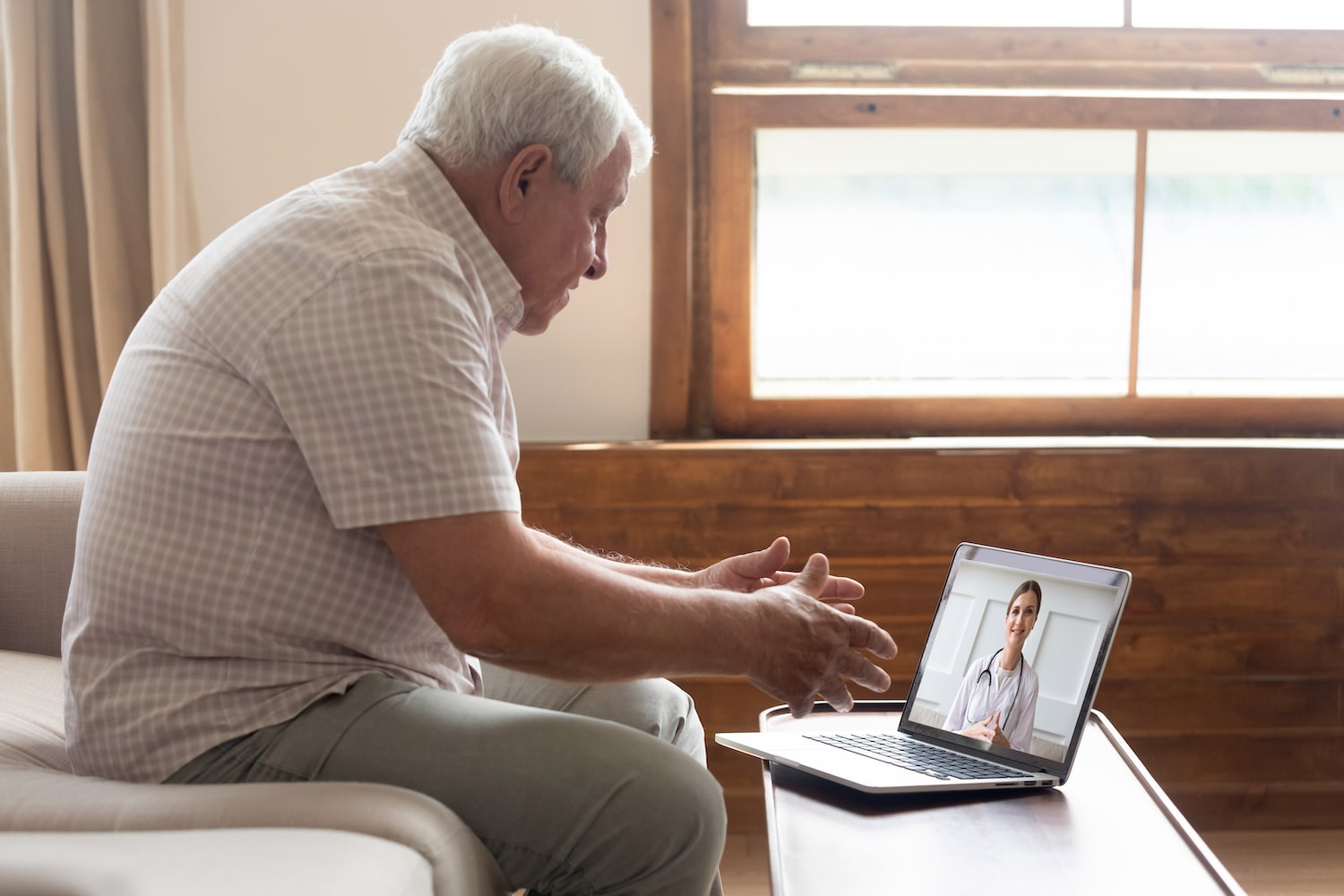A total of 14 articles from 8 Randomized Control Trials met the inclusion criteria. Multiple articles from the same RCT were included where they reported on different outcomes.1 No differences in patient satisfaction, functional outcomes and PROMs were observed between the telemedicine and conventional groups.1
Video consultation
Two trials compared real-time video patient-doctor consultations with standard in-person consultations. In both studies, the video groups were equally satisfied with their consultation and therapeutic decisions about surgical indications did not differ between the two groups.1 One of the studies reporting on the consultation time, complication rate, and PROMs also found no differences between the groups.1 Both studies found that there was a breakeven point from which video consultations became more cost-effective than in-person consultations.1 This break-even point ranged from 80 consultations per year in one study to 151 per year in the other.1
Tele-rehabilitation
Six RCTs, including a total of 768 patients, evaluated the efficacy of tele-rehabilitation following total knee and/or total hip replacement.1 Four of those studies used the WOMAC to measure patient reported outcomes. The WOMAC scores improved in all studies and there were no differences observed between tele-rehab and conventional rehab groups.1 Four studies also reported on functional parameters like range of motion, strength, balance, walking and functional autonomy. All improved pre- to post-op, and again no between-group differences for any parameter were observed at the final follow-up.1 Of the two studies evaluating patient satisfaction with their rehabilitation, neither found any differences between tele- and face-to-face rehab groups.1 While another study found more patients from the tele-rehab group returned to work than in the conventional group (64.6 Vs 46.2%).1 When it came to cost-effectiveness, tele-rehab was shown to deliver savings over face-to-face treatment when the patient’s travel distance to the hospital was 30 km or more.1
Future developments: motion sensors
One proposal to advance the precision of telemedical examination in the context of rehabilitation is the use of motion sensors.1 Modern motion sensors are small and can be attached locally to capture movement.1 The authors believe that these sensors are “already so inexpensively available that their use in monitoring therapies and rehabilitation seems to be realistic.”1 They have already been shown to be as accurate as a marker-supported movement analysis and have been used experimentally in several studies to monitor rehab following knee arthroplasty.1
The authors concluded that “The current evidence is very convincing for tele-rehabilitation after implantation of a knee prosthesis, since six different RCTs on this topic have already been published, and because it has been shown that the results after tele-rehabilitation are comparable to conventional rehabilitation after knee arthroplasty.”1
